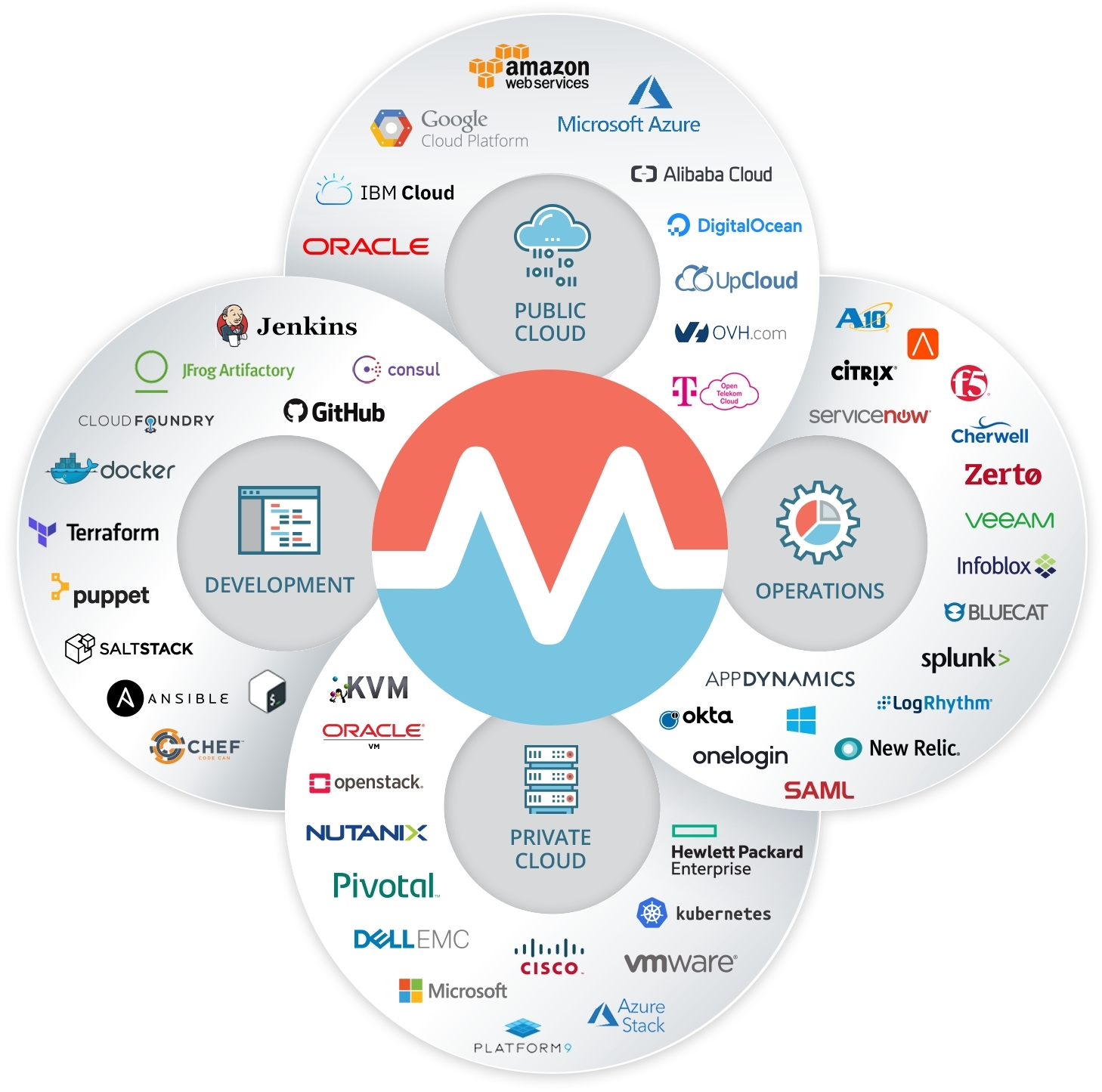Understanding Multi-cloud Management Platforms
Multi-cloud Management: A Comprehensive Approach
Multi-cloud management platforms are increasingly vital for businesses seeking to manage multiple cloud environments effectively. These platforms enable organizations to handle various cloud services from different providers, ensuring seamless integration, operation, and management. As a result, companies can leverage the benefits of multiple cloud providers while mitigating the challenges associated with managing disparate systems.
Key Features of Multi-cloud Management Platforms
Multi-cloud management platforms offer several essential features that cater to businesses’ diverse needs. These features include resource optimization, cost management, security, and compliance. Resource optimization allows businesses to allocate and manage their resources efficiently, ensuring optimal performance and minimal wastage. Cost management features help organizations monitor and control their cloud expenditures, preventing unexpected costs and promoting financial discipline. Security and compliance features enable businesses to maintain robust security protocols and adhere to industry regulations, protecting sensitive data and ensuring business continuity.

Key Features of Multi-cloud Management Platforms
Resource Optimization
Resource optimization is a critical feature of multi-cloud management platforms. It enables businesses to allocate and manage their resources efficiently, ensuring optimal performance and minimal wastage. By utilizing automated resource allocation and workload balancing, these platforms help organizations maintain high availability and scalability, adjusting to fluctuating demands and ensuring seamless operation.
Cost Management
Cost management is another essential feature of multi-cloud management platforms. These platforms provide tools for monitoring and controlling cloud expenditures, allowing businesses to prevent unexpected costs and promote financial discipline. By offering detailed usage reports, forecasting capabilities, and chargeback/showback features, multi-cloud management platforms empower organizations to make informed decisions regarding their cloud investments.
Security and Compliance
Security and compliance features are integral to multi-cloud management platforms. These platforms enable businesses to maintain robust security protocols and adhere to industry regulations, protecting sensitive data and ensuring business continuity. By offering centralized policy management, role-based access control, encryption, and threat detection, multi-cloud management platforms help organizations safeguard their assets and reputation.
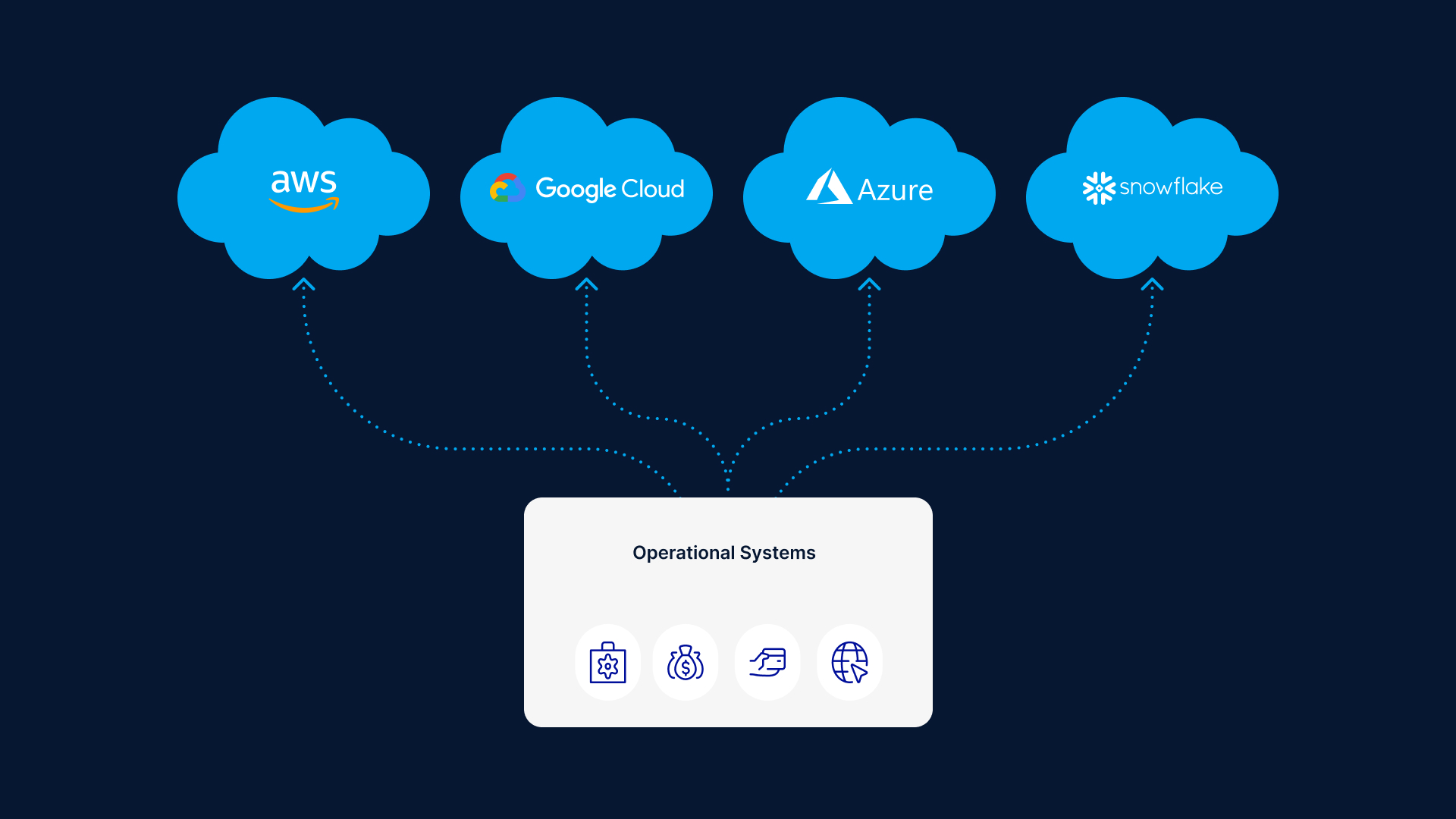
Top Multi-cloud Management Platforms in the Market
VMware Cloud Management Platform
VMware, a leading provider of cloud infrastructure and digital workspace technology, offers a robust multi-cloud management platform. The platform enables businesses to manage their multi-cloud environments through a unified interface, simplifying operations and reducing costs. Key features include automated workload balancing, resource optimization, and integrated security.
One of the primary benefits of the VMware Cloud Management Platform is its ability to provide consistent infrastructure and operations across various cloud environments. This consistency streamlines management tasks, allowing businesses to focus on innovation and growth. Additionally, the platform’s cost management capabilities help organizations monitor and control their cloud expenditures, ensuring financial discipline and preventing unexpected costs.
Moreover, the VMware Cloud Management Platform offers advanced security features, such as micro-segmentation, encryption, and threat detection. These features help businesses protect their sensitive data and maintain regulatory compliance, ensuring business continuity and safeguarding their reputation.
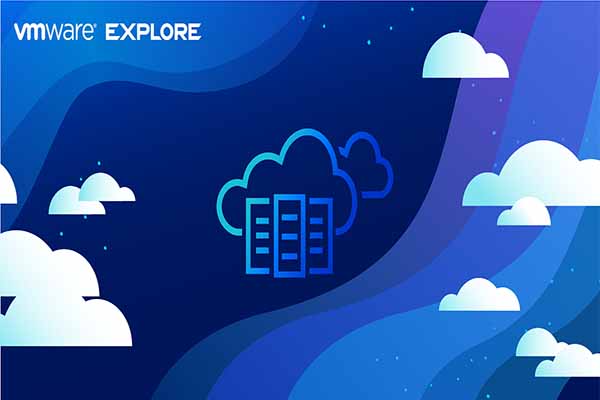
Top Multi-cloud Management Platforms in the Market
IBM Cloud Management Platform
IBM offers a comprehensive multi-cloud management platform that caters to businesses seeking to manage their cloud resources efficiently. The platform’s primary features include workload automation, cost optimization, and security management. By providing a unified view of multi-cloud environments, IBM’s solution simplifies management tasks and reduces operational costs.
One of the key advantages of IBM’s Cloud Management Platform is its ability to automate workload deployment and scaling across various cloud environments. This automation ensures that businesses can quickly adapt to changing workload demands while maintaining optimal resource utilization. Additionally, the platform’s cost management capabilities enable organizations to monitor and control their cloud expenditures, preventing unexpected costs and promoting financial discipline.
Security is another critical aspect of IBM’s Cloud Management Platform. The platform offers advanced security features, such as encryption, threat detection, and vulnerability management. These features help businesses protect their sensitive data and maintain regulatory compliance, ensuring business continuity and safeguarding their reputation.
Furthermore, IBM’s Cloud Management Platform supports a wide range of cloud providers and platforms, including public, private, and hybrid clouds. This flexibility allows businesses to build and manage multi-cloud environments tailored to their specific needs and requirements.
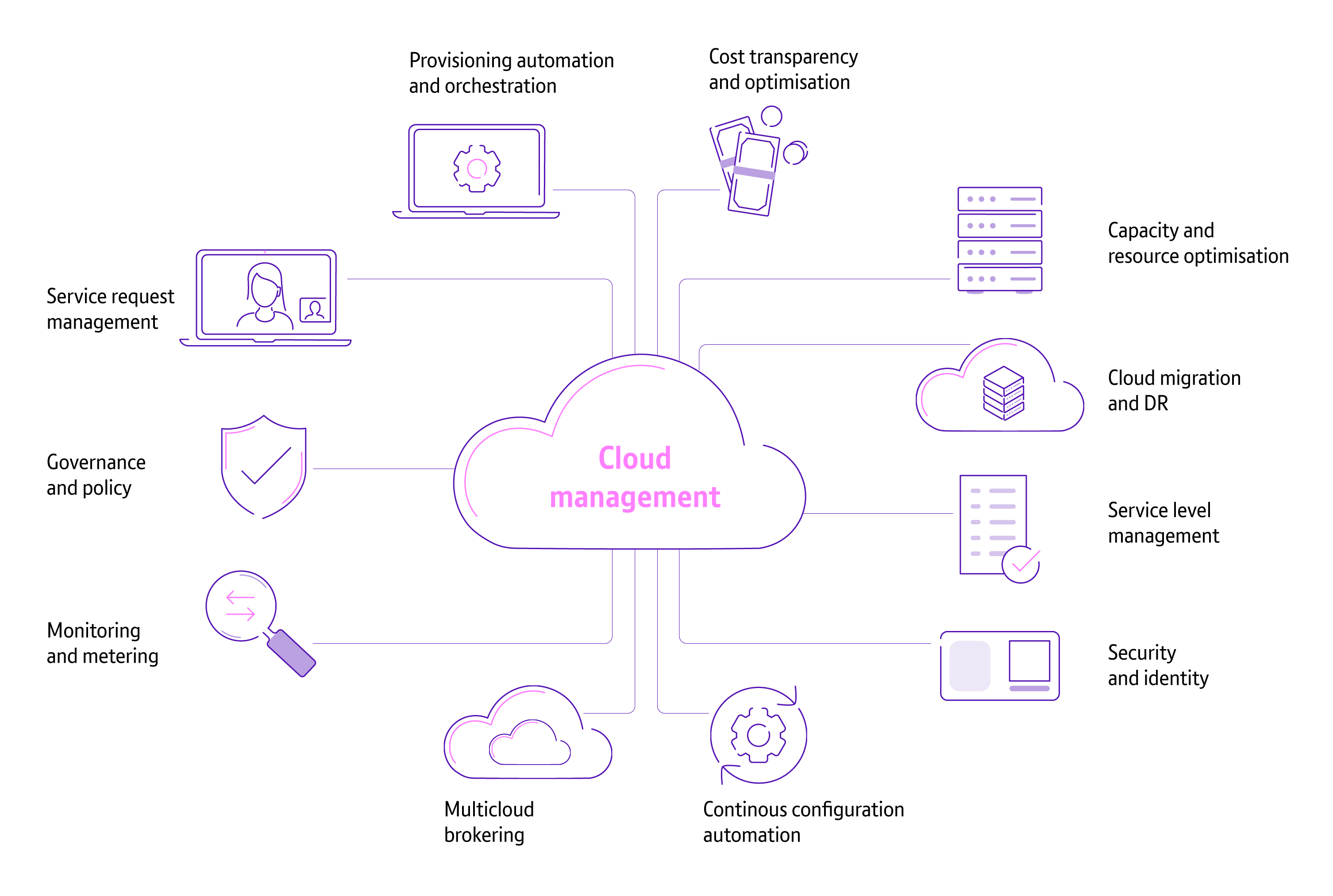
Top Multi-cloud Management Platforms in the Market
Red Hat CloudForms
Red Hat CloudForms is an open and flexible multi-cloud management platform designed to help businesses manage their multi-cloud environments effectively. The platform offers comprehensive functionalities, including resource optimization, cost management, and security management, enabling organizations to maintain control over their cloud resources and reduce operational costs.
One of the primary advantages of Red Hat CloudForms is its ability to provide a unified view of multi-cloud environments. This unified view simplifies management tasks and allows businesses to monitor and manage their cloud resources from a centralized location. By offering support for various cloud providers, such as Amazon Web Services (AWS), Microsoft Azure, Google Cloud Platform, and VMware, Red Hat CloudForms ensures that businesses can manage their multi-cloud environments seamlessly.
Resource optimization is another critical feature of Red Hat CloudForms. The platform enables businesses to allocate and manage their cloud resources efficiently, ensuring optimal utilization and reducing waste. By automating resource provisioning and deprovisioning, Red Hat CloudForms helps businesses maintain agility and respond to changing workload demands quickly.
Cost management is also a significant aspect of Red Hat CloudForms. The platform offers cost tracking and reporting capabilities, allowing businesses to monitor their cloud expenditures and identify potential cost-saving opportunities. By providing insights into cloud usage patterns and trends, Red Hat CloudForms empowers businesses to make informed decisions regarding their cloud investments.
Security and compliance are essential components of Red Hat CloudForms. The platform offers advanced security features, such as role-based access control, policy management, and vulnerability scanning. These features help businesses protect their sensitive data and maintain regulatory compliance, ensuring business continuity and safeguarding their reputation.

How to Choose the Right Multi-cloud Management Platform
Assessing Your Business Needs
Selecting the right multi-cloud management platform is crucial for businesses seeking to manage their multi-cloud environments effectively. To make an informed decision, it is essential to evaluate your business requirements before choosing a multi-cloud management platform. This process involves assessing your current and future cloud infrastructure, identifying your management needs, and determining your budget constraints.
First, consider your existing cloud infrastructure and the cloud providers you are using. Identify the specific challenges you face in managing your multi-cloud environment, such as resource allocation, cost management, security, and compliance. Understanding these challenges will help you determine the features and functionalities you need in a multi-cloud management platform.
Next, consider your future cloud strategy. Are you planning to expand your cloud infrastructure or migrate to new cloud providers? If so, you will need a multi-cloud management platform that supports your future cloud strategy and offers seamless integration with various cloud providers.
Once you have identified your management needs and future cloud strategy, consider your budget constraints. Determine how much you are willing to invest in a multi-cloud management platform and look for a platform that offers the features and functionalities you need at a price that fits your budget.
In summary, evaluating your business requirements before selecting a multi-cloud management platform is crucial. By assessing your current and future cloud infrastructure, identifying your management needs, and determining your budget constraints, you can make an informed decision and choose a platform that meets your business needs and supports your cloud strategy.
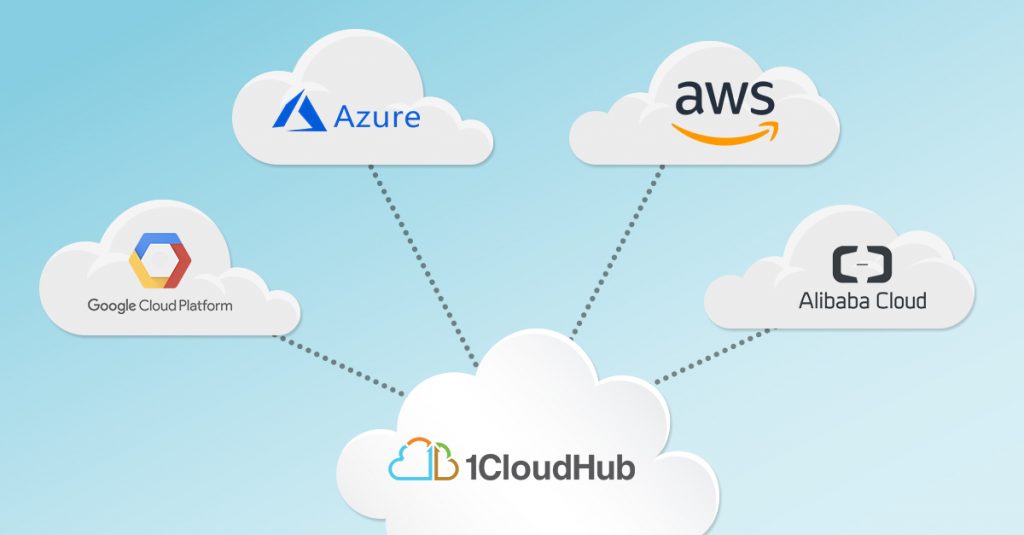
Comparing Multi-cloud Management Platforms
When selecting a multi-cloud management platform, it is essential to compare the top platforms in the market to determine which one best fits your business needs. In this section, we will provide a side-by-side comparison of the top multi-cloud management platforms, considering factors like features, pricing, and customer support.
VMware Cloud Management Platform
VMware is a well-known provider of cloud infrastructure and management solutions. Its multi-cloud management platform offers features like resource optimization, cost management, and security and compliance management. VMware’s platform supports various cloud providers, including AWS, Azure, and Google Cloud. Pricing for VMware’s platform is based on the number of managed virtual machines and varies depending on the specific features and functionalities required.
VMware offers various support options, including standard, production, and premier support. Standard support provides basic assistance during business hours, while production and premier support offer 24/7 assistance and faster response times. VMware’s customer support is highly rated, with many customers praising the company’s knowledgeable and responsive support team.
IBM Cloud Management Platform
IBM’s multi-cloud management platform offers features like resource optimization, cost management, and security and compliance management. IBM’s platform supports various cloud providers, including AWS, Azure, and Google Cloud. Pricing for IBM’s platform is based on the number of managed resources and varies depending on the specific features and functionalities required.
IBM offers various support options, including standard, advanced, and premium support. Standard support provides basic assistance during business hours, while advanced and premium support offer 24/7 assistance and faster response times. IBM’s customer support is highly rated, with many customers praising the company’s knowledgeable and responsive support team.
Red Hat CloudForms
Red Hat CloudForms is an open-source multi-cloud management platform that offers features like resource optimization, cost management, and security and compliance management. Red Hat CloudForms supports various cloud providers, including AWS, Azure, and Google Cloud. Pricing for Red Hat CloudForms is based on the number of managed virtual machines and varies depending on the specific features and functionalities required.
Red Hat offers various support options, including standard, premium, and enterprise support. Standard support provides basic assistance during business hours, while premium and enterprise support offer 24/7 assistance and faster response times. Red Hat’s customer support is highly rated, with many customers praising the company’s knowledgeable and responsive support team.
In summary, when comparing multi-cloud management platforms, it is essential to consider factors like features, pricing, and customer support. VMware, IBM, and Red Hat are all well-known providers of multi-cloud management platforms, each offering unique features and functionalities. By comparing these platforms side-by-side, you can determine which one best fits your business needs and budget.
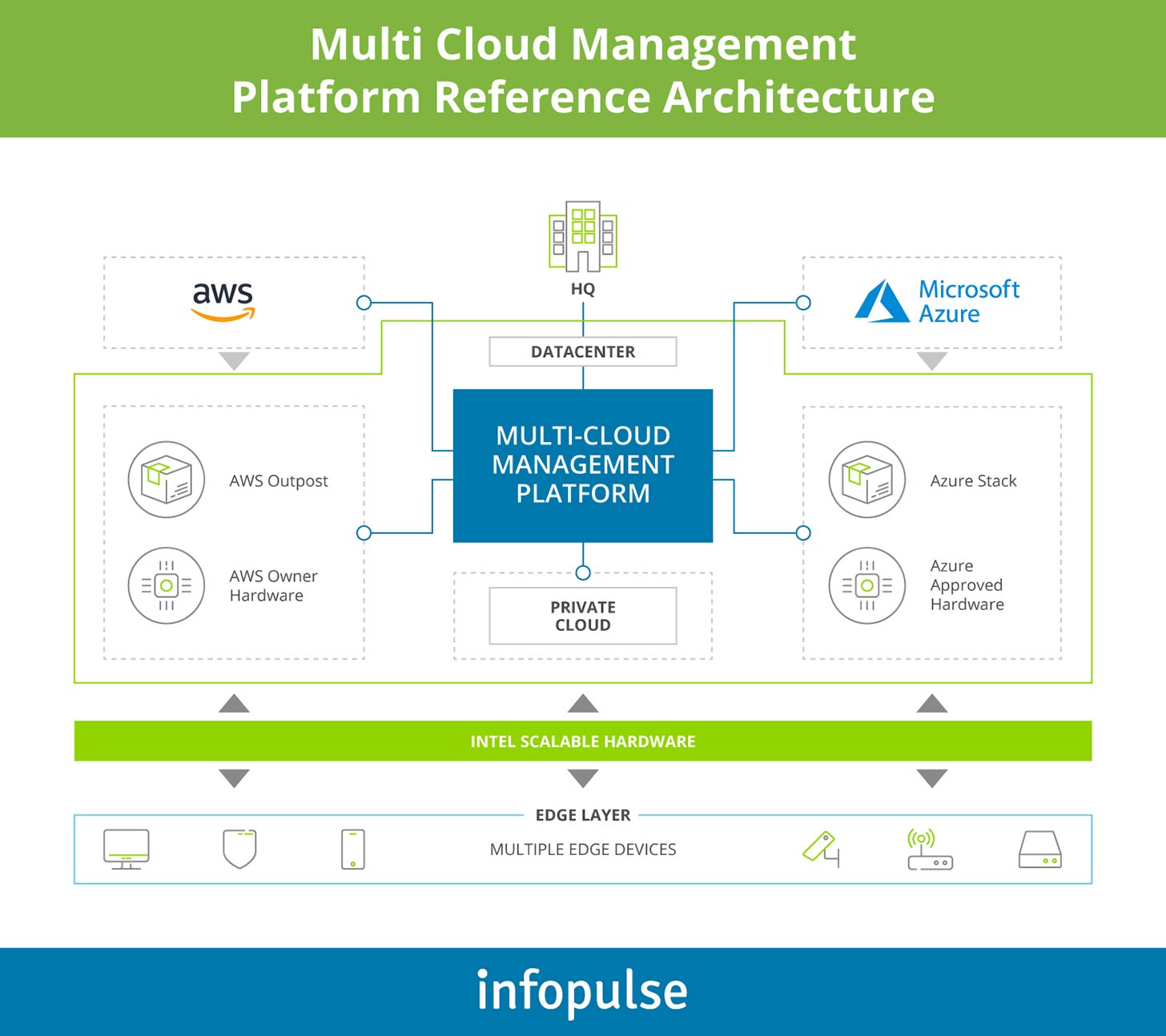
Best Practices for Implementing Multi-cloud Management Platforms
Implementing multi-cloud management platforms can be a complex process, but following best practices can help ensure a successful deployment. Here are some best practices to consider when implementing multi-cloud management platforms:
1. Planning
Before implementing a multi-cloud management platform, it is essential to plan the deployment carefully. This includes identifying the cloud providers to be used, the resources to be managed, and the specific features and functionalities required. It is also essential to consider any customization or integration requirements and to establish clear goals and objectives for the deployment.
2. Testing
Before deploying a multi-cloud management platform in a production environment, it is essential to test it thoroughly. This includes testing the platform’s features and functionalities, as well as its compatibility with other systems and applications. Testing can help identify any issues or bugs that need to be addressed before deployment.
3. Gradual Deployment
When deploying a multi-cloud management platform, it is best to start with a small-scale deployment and gradually expand it. This allows organizations to test the platform’s features and functionalities in a controlled environment before deploying it more broadly. Gradual deployment can also help minimize disruptions and ensure a smooth transition to the new platform.
4. Training and Education
It is essential to provide training and education to employees who will be using the multi-cloud management platform. This includes training on the platform’s features and functionalities, as well as best practices for managing cloud resources. Providing training and education can help ensure that employees are able to use the platform effectively and efficiently.
5. Regular Monitoring and Maintenance
After implementing a multi-cloud management platform, it is essential to monitor it regularly and perform regular maintenance. This includes monitoring the platform’s performance, identifying and addressing any issues or bugs, and performing regular updates and patches. Regular monitoring and maintenance can help ensure that the platform continues to operate effectively and efficiently over time.
In summary, implementing multi-cloud management platforms requires careful planning, thorough testing, gradual deployment, training and education, and regular monitoring and maintenance. By following these best practices, organizations can ensure a successful deployment and maximize the benefits of their multi-cloud management platform.

Strategies for Continuous Optimization of Multi-cloud Management Platforms
Implementing a multi-cloud management platform is just the beginning of an organization’s cloud management journey. To maximize the benefits of a multi-cloud management platform, it is essential to continuously optimize its performance, security, and cost-effectiveness. Here are some strategies for continuous optimization of multi-cloud management platforms:
1. Regular Monitoring
Regular monitoring is essential for identifying any issues or anomalies in the performance of a multi-cloud management platform. This includes monitoring the platform’s availability, response time, and resource utilization. Regular monitoring can help identify any bottlenecks or issues that may be impacting the platform’s performance and address them proactively.
2. Performance Tuning
Performance tuning involves optimizing the configuration and settings of a multi-cloud management platform to improve its performance. This includes adjusting resource allocation, network settings, and caching configurations. Performance tuning can help ensure that the platform is operating at its optimal level and can handle the workload required by the organization.
3. Continuous Improvement
Continuous improvement involves regularly reviewing and updating the multi-cloud management platform to incorporate new features, functionalities, and best practices. This includes staying up-to-date with the latest releases and updates from the platform vendor and regularly reviewing the platform’s performance and security. Continuous improvement can help ensure that the platform remains relevant, secure, and effective over time.
4. Cost Optimization
Cost optimization involves regularly reviewing and optimizing the cost of the multi-cloud management platform. This includes monitoring the usage of cloud resources, identifying any unused or underutilized resources, and optimizing the pricing and billing arrangements with cloud providers. Cost optimization can help ensure that the organization is getting the best value from its multi-cloud management platform investment.
5. Security and Compliance
Security and compliance are critical considerations for any multi-cloud management platform. Regularly reviewing and updating the platform’s security and compliance posture can help ensure that it remains secure and compliant with relevant regulations and standards. This includes implementing security best practices, such as multi-factor authentication, encryption, and access controls, and regularly reviewing security logs and alerts.
In summary, continuous optimization of multi-cloud management platforms involves regular monitoring, performance tuning, continuous improvement, cost optimization, and security and compliance. By following these strategies, organizations can ensure that their multi-cloud management platform remains effective, secure, and cost-effective over time. It is essential to establish a regular optimization schedule and assign dedicated resources to manage the optimization process to achieve optimal results.
